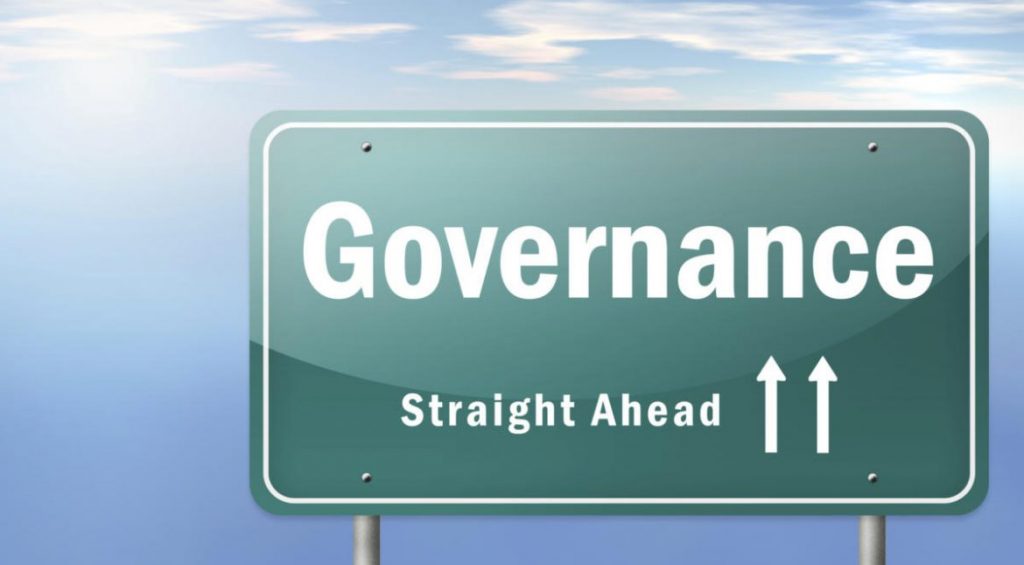Big News
Cloud Rush is now TrustNet Technologies! Explore our new brand and expanded services at our updated website.

With all the economies of scale afforded through cloud adoption, it is essential to understand that only through public cloud governance are costs managed, data and infrastructure secured, and realize the competitive benefits of cloud providers such as Amazon Web Services (AWS), Google Cloud Platform (GCP) and Azure.
For most organizations, cloud adoption spans business units, is siloed, skill levels vary and generally, results in “black-boxed” in conversations. Public cloud governance is not something that can be overlooked or dismissed, without having an impactful result on the business.
You moved to the cloud in part, to reduce your capital expenses, but you could also have operational expenses accruing that are not aligned with the forecast. Cloud adoption does not have to be a zero-sum game, you can actually realize all of the benefits that the cloud has to offer without breaking the bank and losing track of your data.
Public cloud governance is a discipline that the technical as well as the business savvy can gain control of and have a finger on the pulse of your cloud footprint at all times. Governance is not just for the Enterprise; it is incumbent on any company leveraging the cloud to employ some level of governance, or you will suffer setbacks in areas that were not anticipated.
At Cloud Rush, we view Public Cloud Governance as having 4 pillars;
Fortunately, cloud governance is achievable for companies of any size. In order to govern your clouds, you must aggregate all of your machine data for analysis in real time, or near real time.
Splunk defines machine data as, “one of the most underused and undervalued assets of any organization. But some of the most important insights that you can gain—across IT and the business—are hidden in this data: where things went wrong, how to optimize the customer experience, the fingerprints of fraud. All of these insights can be found in the machine data that’s generated by the normal operations of your organization.”
Because of a wide array of SaaS solutions in the marketplace, companies are now able to define a monitoring stack that brings all of the machine data together to provide real insights, sophisticated compliance monitoring and track your costs. Note however, that there is NOT a single, silver bullet present day; your monitoring stack will generally be comprised of 2-4 vendors, depending on your organization’s needs. As you might guess, many of these platforms will have overlap between each other, but they all have their own unique features that fill various voids.
In conclusion, we discussed how important public cloud governance is, where it fits into the organization and briefly introduced you to vendors in this space. In this five (5) part series, we’ll be taking a deep dive into the discipline, and along the way, you’ll broaden your knowledge around how we harness all that we do in the cloud.
Chris Scragg is a principal cloud architect for Cloud Rush, with years of industry experience related to public cloud governance. Chris’ cloud journey began with a pivot to Amazon Web Services, out of legacy data center environments, back in 2011. A serial entrepreneur, Chris continues to maintain a deep focus in AWS, GCP and Azure, with an eye toward helping clients increase their competitiveness through digital transformations.
Cloud Rush is now TrustNet Technologies! Explore our new brand and expanded services at our updated website.